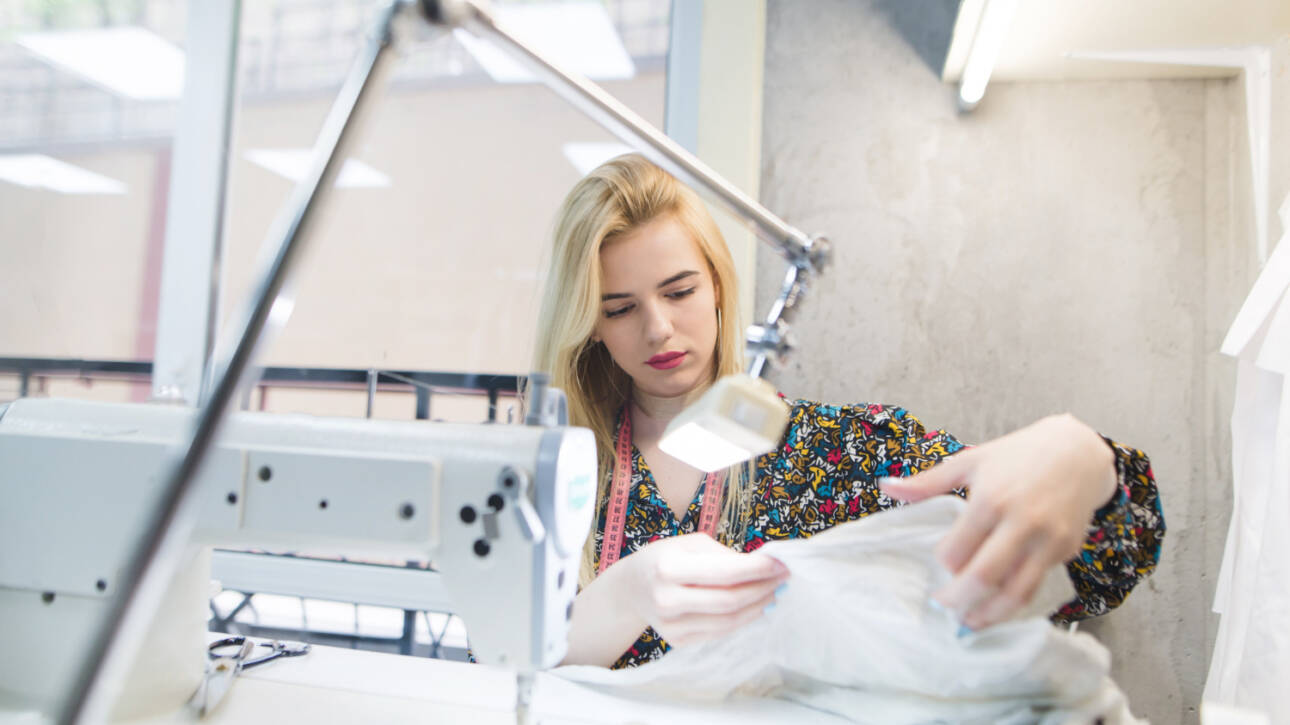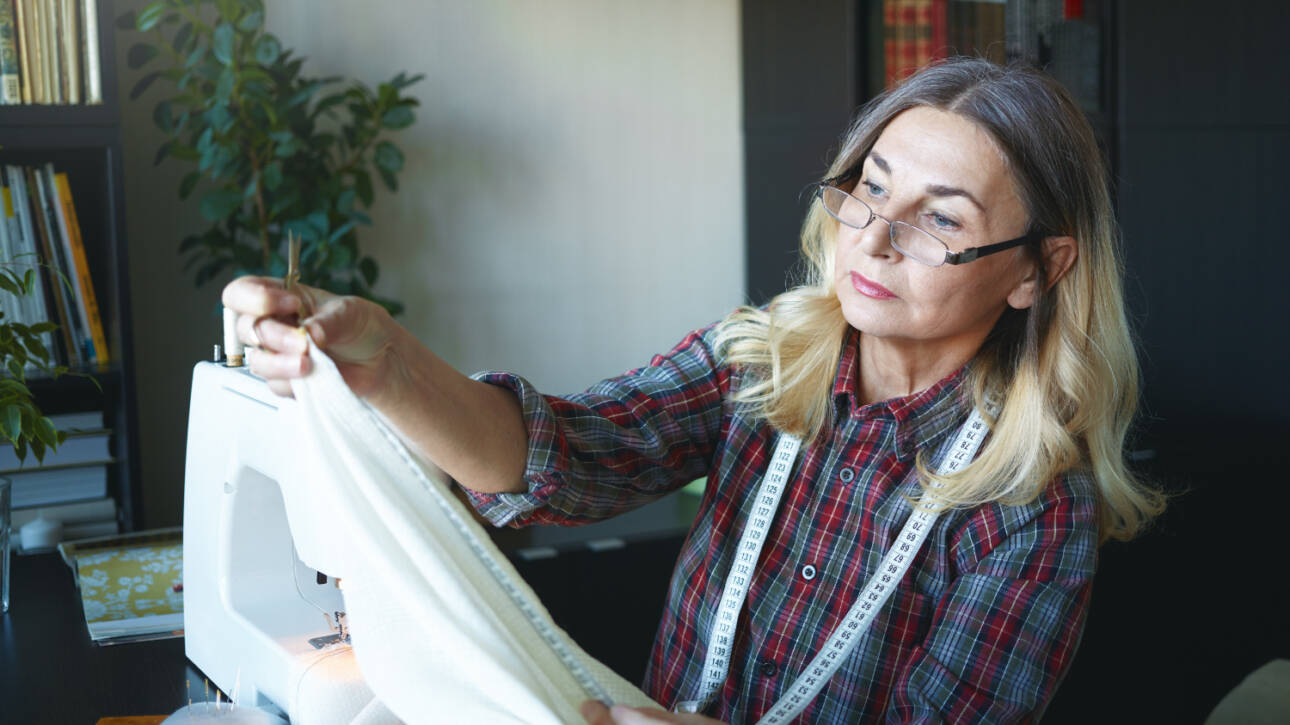PRODUCTION OF WOMEN SHIRTS
Producing women’s shirts involves several steps, from concept design to the final product. Here’s an overview of the production process:
1. Design and Planning
• Market Research: Identify trends, target audience preferences, and competitor analysis.
• Design Creation: Fashion designers sketch shirt designs, detailing features like collars, cuffs, and fits (e.g., tailored, oversized, or cropped).
• Material Selection: Choose fabrics suitable for the style and purpose (e.g., cotton for casual shirts, silk for formal wear).
2. Pattern Making
• Creating Patterns: Patterns are developed based on the shirt’s design, including each piece (front, back, sleeves, collar, etc.).
• Digital or Manual: Patterns can be created manually on paper or digitally using CAD (Computer-Aided Design) software.
• Grading: The pattern is adjusted to produce multiple sizes (S, M, L, etc.).
3. Fabric Cutting
• Fabric Spreading: The fabric is laid out on cutting tables or machines.
• Cutting Process: Patterns are placed on the fabric, and cutting tools (manual scissors, electric cutters, or laser machines) are used to cut the fabric into required shapes.
4. Sewing and Assembly
• Piece Assembly: The shirt pieces (e.g., body, sleeves, collar) are sewn together in sequence.
• Industrial Sewing Machines: Specialized machines handle tasks like hemming, attaching collars, and creating buttonholes.
• Quality Control: Each piece is checked for stitching accuracy and consistency.
5. Finishing
• Pressing: Shirts are ironed or steamed for a neat finish.
• Details and Accessories: Buttons, zippers, or decorative elements are added.
• Labels and Tags: Brand labels, care instructions, and price tags are attached.
6. Quality Control and Inspection
• Inspect shirts for defects in stitching, fabric, or finishing.
• Ensure all measurements align with the original specifications.
7. Packaging and Distribution
• Folding and Packing: Shirts are folded and packaged in polybags or boxes.
• Shipping: Finished shirts are distributed to retailers, wholesalers, or directly to customers.

Key Considerations in Production
1. Fabric Choices:
Cotton: Breathable and versatile for casual wear.
Silk/Satin: Luxurious and ideal for formal shirts.
Polyester/Blends: Durable and affordable for mass production.
2. Sustainability:
Many brands now use eco-friendly fabrics (e.g., organic cotton, recycled materials).
Ethical production practices and waste reduction are becoming standard.
3. Automation:
Advanced machinery and AI-driven tools improve precision and efficiency.
4. Customization:
On-demand production systems enable customized shirts tailored to individual measurements and preferences.
Women’s shirt production is a blend of creativity, technology, and craftsmanship, with flexibility to cater to various fashion markets and demands.

WOMEN SHIRT COMBINATIONS
Women’s shirts are versatile wardrobe staples that can be styled in countless ways for various occasions. Here are some chic and practical shirt combinations:
1. Classic Button-Down Shirt Combinations
• Work Look: Pair a crisp white button-down with tailored trousers or a pencil skirt, adding pumps and a structured blazer for a polished professional appearance.
• Casual Look: Wear a button-down shirt tucked into high-waisted jeans. Roll up the sleeves and add sneakers or loafers for a laid-back vibe.
• Layered Look: Layer an oversized button-down over a tank top, pair it with leggings or bike shorts, and complete the look with chunky sneakers.
2. Oversized Shirts
• As a Dress: Wear an oversized shirt as a shirt dress. Cinch the waist with a belt and pair with ankle boots or strappy heels.
• With Denim Shorts: Tuck the front of an oversized shirt into denim shorts for a relaxed summer outfit. Add sandals or espadrilles.
• Layering Piece: Use an oversized shirt as a lightweight jacket over a crop top and cargo pants.
3. Silk or Satin Shirts
• Evening Look: Tuck a silk shirt into a midi skirt or tailored trousers, and pair it with statement heels and a clutch for an elegant evening look.
• Smart Casual: Pair a satin shirt with dark jeans and pointed-toe flats. Add minimal jewelry for understated elegance.
4. Plaid or Flannel Shirts
• Casual Comfort: Style a flannel shirt with skinny jeans and ankle boots for a cozy, outdoorsy vibe.
• Grunge Look: Layer a plaid shirt over a graphic tee and pair it with ripped jeans and combat boots.
• Tied Around the Waist: Wear it around your waist as an accessory to a casual tank top and leggings outfit.
5. Denim Shirts
• Denim-on-Denim: Pair a denim shirt with jeans of a contrasting shade for a trendy double-denim look.
• Chic Casual: Tuck a denim shirt into a pleated skirt and pair it with sneakers or ankle boots.
6. Sheer or Lace Shirts
• Evening Glam: Wear a sheer shirt over a bralette or camisole with leather pants and stilettos.
• Romantic Look: Pair a lace shirt with a flowy maxi skirt and delicate heels.
7. Graphic or Printed Shirts
• Street Style: Combine a printed shirt with distressed jeans and chunky sneakers. Add a crossbody bag for a casual, edgy look.
• Playful Look: Tuck a bold graphic shirt into a bright skirt or shorts, and complete the look with sandals or wedges.
8. Crop Shirts
• Sporty Look: Pair a cropped shirt with high-waisted leggings and sneakers.
• Trendy Look: Wear a cropped shirt with high-waisted wide-leg pants or a pleated midi skirt.
9. Shirts with Accessories
• Belts: Add a statement belt over a long or oversized shirt to define the waist.
• Scarves: Pair a neutral shirt with a silk scarf tied around the neck for a chic touch.
• Jewelry: Layer necklaces over a buttoned-up shirt or wear statement earrings for extra flair.
Shirts are timeless and adaptable pieces that can suit any style, making them a perfect base for experimenting with different looks!
of women in society.
HISTORY OF WOMEN SHIRTS
The history of women’s shirts reflects broader shifts in fashion, gender roles, and societal norms. Here’s an overview of their evolution:
1. Pre-19th Century: Shirts as Undergarments
• Historically, shirts were primarily worn by men and served as undergarments.
• Women wore chemises or smocks, which were similar to shirts but designed to be worn beneath outer garments for modesty and hygiene.
• These early shirts were loose, simple, and made from natural fabrics like linen.
2. 19th Century: Gendered Attire
• During the Victorian era, women’s fashion emphasized corsets, bodices, and dresses, leaving little room for shirts in mainstream women’s attire.
• However, shirts began appearing in specific contexts, such as riding habits or workwear for rural women, often resembling men’s shirts but tailored for women.
3. Late 19th to Early 20th Century: The Shirtwaist
• The shirtwaist emerged in the late 19th century as a staple of women’s fashion. It was essentially a blouse styled like a men’s shirt, featuring collars, buttons, and tailored waists.
• Popular among working women and suffragettes, the shirtwaist symbolized practicality and independence.
• It became a foundational piece for office attire during the rise of women in the workforce.
4. 1920s-1940s: Feminine Adaptations
• In the 1920s, women’s fashion shifted towards looser, more androgynous styles, and shirts became a casual option for women.
• During World War II, women adopted more masculine-styled shirts as they took on jobs traditionally held by men. Utility shirts, often in neutral colors, were practical and functional.
5. 1950s-1970s: The Feminine and the Androgynous
• The post-war era saw a return to hyper-feminine styles, and shirts were often paired with skirts, emphasizing tailored silhouettes.
• In the 1960s and 1970s, feminist movements and changing fashion trends popularized more androgynous styles, including button-down shirts for women in both casual and professional settings.
6. 1980s-1990s: Power Dressing
• Women’s shirts became central to the concept of power dressing in the 1980s, with structured blouses and shirts often paired with blazers and shoulder pads, symbolizing women’s growing presence in professional spaces.
• Casual styles, such as denim and flannel shirts, also gained popularity as leisurewear.
7. 21st Century: Diversity and Versatility
• Women’s shirts now encompass a vast range of styles, from classic tailored button-downs to oversized, cropped, or embellished designs.
• The lines between men’s and women’s shirts have blurred, with unisex and gender-neutral styles gaining prominence.
• Shirts today reflect personal style and individuality, catering to various occasions, from professional to casual and even high fashion.
Women’s shirts have transformed from functional undergarments to symbols of empowerment and style, mirroring the evolving roles of women in society.



